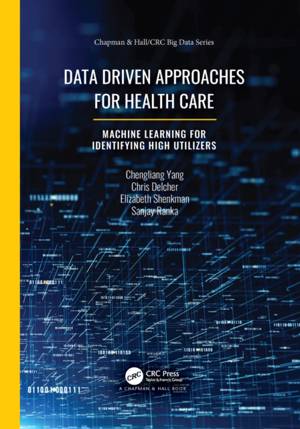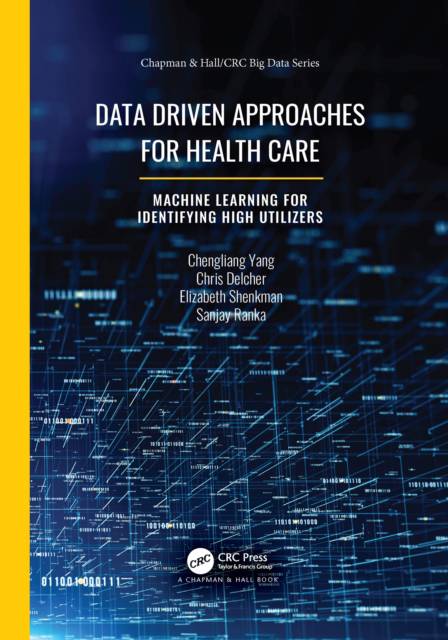
- Retrait gratuit dans votre magasin Club
- 7.000.000 titres dans notre catalogue
- Payer en toute sécurité
- Toujours un magasin près de chez vous
- Retrait gratuit dans votre magasin Club
- 7.000.0000 titres dans notre catalogue
- Payer en toute sécurité
- Toujours un magasin près de chez vous
Data Driven Approaches for Healthcare
Machine Learning for Identifying High Utilizers
Chengliang Yang, Chris Delcher, Elizabeth Shenkman, Sanjay RankaDescription
Health care utilization routinely generates vast amounts of data from sources ranging from electronic medical records, insurance claims, vital signs, and patient-reported outcomes. Predicting health outcomes using data modeling approaches is an emerging field that can reveal important insights into disproportionate spending patterns. This book presents data driven methods, especially machine learning, for understanding and approaching the high utilizers problem, using the example of a large public insurance program. It describes important goals for data driven approaches from different aspects of the high utilizer problem, and identifies challenges uniquely posed by this problem.
Key Features:
Spécifications
Parties prenantes
- Auteur(s) :
- Editeur:
Contenu
- Nombre de pages :
- 120
- Langue:
- Anglais
- Collection :
Caractéristiques
- EAN:
- 9781032088686
- Date de parution :
- 30-06-21
- Format:
- Livre broché
- Format numérique:
- Trade paperback (VS)
- Dimensions :
- 178 mm x 254 mm
- Poids :
- 222 g

Les avis
Nous publions uniquement les avis qui respectent les conditions requises. Consultez nos conditions pour les avis.






